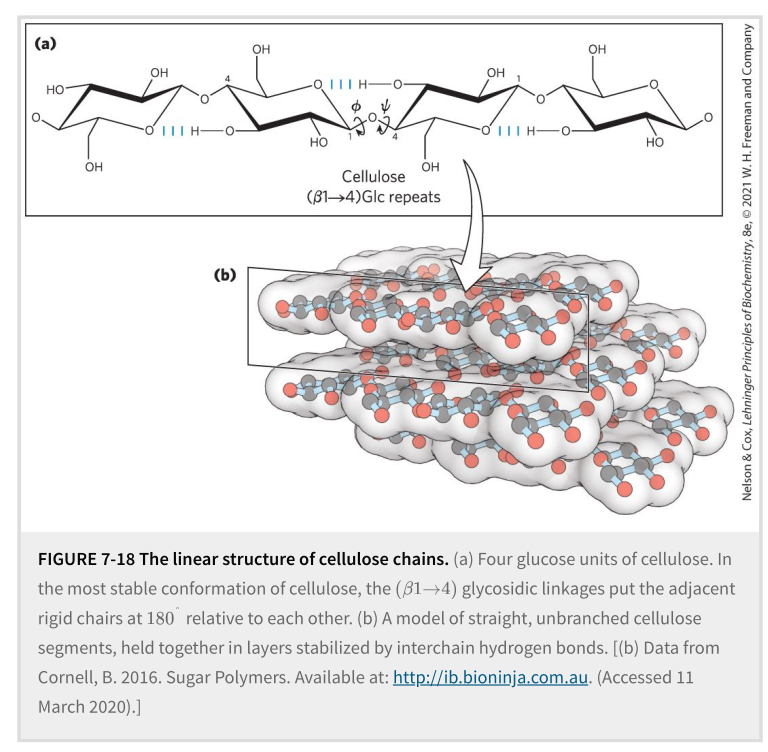In context with https://manifold.markets/100Anonymous/are-there-more-chairs-than-tables#dcpunom2ev9.
I saw a new argument for including it, so I am conducting THE FINAL poll on this matter. Please vote!
While the direct textual evidence of certain textbooks referring to chair conformation molecules directly as chairs in some textbooks sets it apart from table salt, it is fundamentally being used as a shorthand for "chair conformation molecule," where the term "chair" is used the same way as "table" is used in "table salt." For example, the occipitofrontalis muscle is often shortened to just frontalis in anatomy textbooks. But it is obviously a muscle, not a frontalis.
(relevant comments copied from market linked in description)
@TheAllMemeingEye Comment 1 (by me):
I still think the case of experts sometimes referring to individual molecules of chair conformation cyclohexane as chairs sets them apart from examples like table salt, those are never referred to as just tables.
As @StepanBakhmarin commented earlier (kinda buried atm)
I see what you're saying, but here are some use cases from the same Lehningher Principles of Biochemistry that prove you wrong:
> In this most stable conformation, with adjacent rigid chairs at 60° to one another, the polysaccharide chain [of amylose] is curved.
> For cellulose, the most stable conformation is that in which each chair is turned 180° relative to its neighbors, yielding a straight, extended chain.
I can send you a pdf or attach screenshots if you want to make sure I didn't make them up. The screenshot I attached above is also close, it just says "chair structures" instead of "chairs".
@TheAllMemeingEye Comment 2 (by me):
with adjacent rigid chairs
[…]
in which each chair
Does the use of plural chairs and determiner each not imply that it is a countable noun and thus each molecule is being counted separately?
@TheAllMemeingEye Comment 3 (by driftloom):
Lehninger is basically THE textbook for undergrad biochem, but maybe there is something in organic chemistry textbooks.


